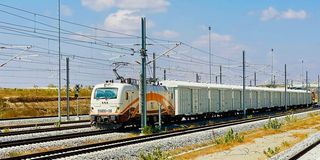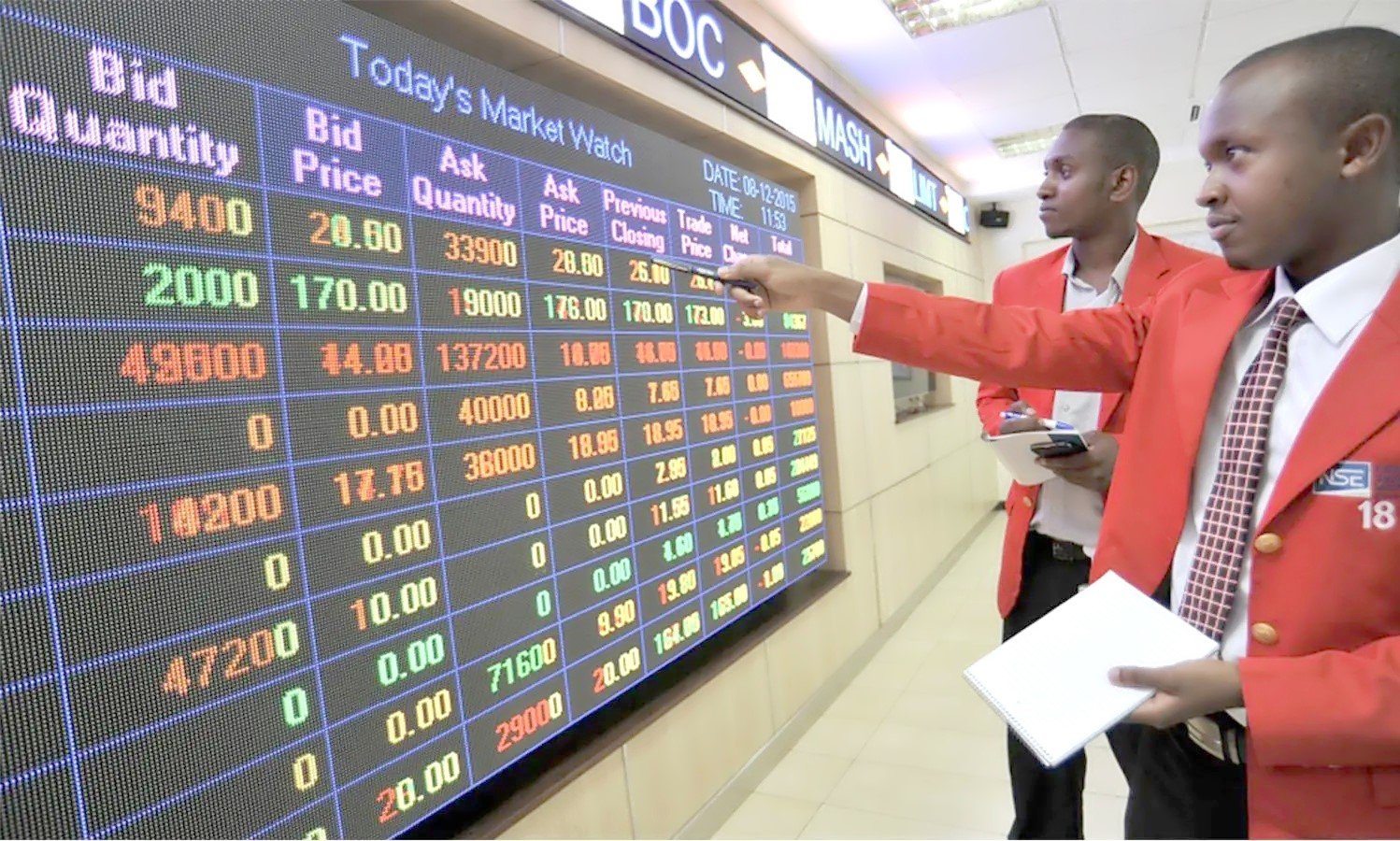Prime
SGR cargo train’s milestone draws calls for key upgrades

What you need to know:
- SGR cargo train currently operates one daily route. While volumes remain modest, he described the response as encouraging, with increasing demand expected.
Dar es Salaam. As the first cargo train of the Standard Gauge Railway (SGR) marks 14 days since it began operations, transport stakeholders in the country have highlighted both the successes and challenges that the Tanzania Railways Corporation (TRC) needs to improve.
On June 27, 2025, Tanzania’s first-ever SGR cargo train embarked on its maiden journey from Dar es Salaam to Ihumwa station in Dodoma, transporting 700 tonnes of goods across 10 waggons.
The launch marks a significant step in the government’s efforts to modernise the country’s freight transport infrastructure and reduce reliance on long-haul road logistics.
TRC’s head of Information and Communications, Fredy Mwanjala, said the SGR cargo train currently operates one daily route. While volumes remain modest, he described the response as encouraging, with increasing demand expected.
“The cargo SGR is progressing similarly to our passenger operations; we started small, with technical trials, and we’re now gradually scaling operations,” said Mr Mwanjala. “Our main clients so far are Azania and Dangote, and we are actively engaging more companies to come onboard.”
Azania Group is already reporting tangible benefits. Group Director of Business Development and Corporate Affairs Joel Laiser highlighted cost-efficiency and faster delivery as major wins.
“One SGR waggon carries up to 75 tonnes, and transit time from Dar es Salaam to Dodoma is just four hours compared to up to three days by road,” said Mr Laiser.
“This not only saves time but also boosts supply chain reliability.”
However, he pointed out a key logistical challenge: the lack of nearby storage facilities.
“After offloading at Ihumwa, our warehouse is still 20 kilometres away. That means double handling, which adds time and cost. If TRC can develop warehousing close to the station, it would significantly ease operations.”
Mr Laiser added that improved rail connectivity is also benefiting clients in Singida, Tabora and Kahama, who now source their goods from Dodoma. “We’re seeing improved distribution timelines and lower costs, which is good for business and good for industry.”
Contrary to concerns that the rail expansion could displace the trucking industry, road transport operators see the development as complementary. Chairman of the Tanzania Truck Owners Association (TAMSTOA), Mr Chuki Shaban, said the SGR opens up more opportunities, not fewer.
“SGR can’t move all the cargo. It currently ends in Dodoma, and road transport is still essential, especially for cross-border shipments to the eight neighbouring countries we serve,” he said. “If SGR scales up nationwide, it could actually increase volume for everyone.”
Meanwhile, with cargo volumes expected to grow, TRC has hinted at plans to expand routes and increase waggon capacity.
However, stakeholders agree that for the SGR to realise its full economic potential, supporting infrastructure, including storage, last-mile connectivity, and private-sector integration, must evolve alongside the rail network.
The SGR cargo launch represents a pivotal moment in East Africa’s transport landscape.
While still in its early stages, it is already proving that faster, more efficient rail logistics can reshape trade flows and unlock industrial growth across Tanzania.




